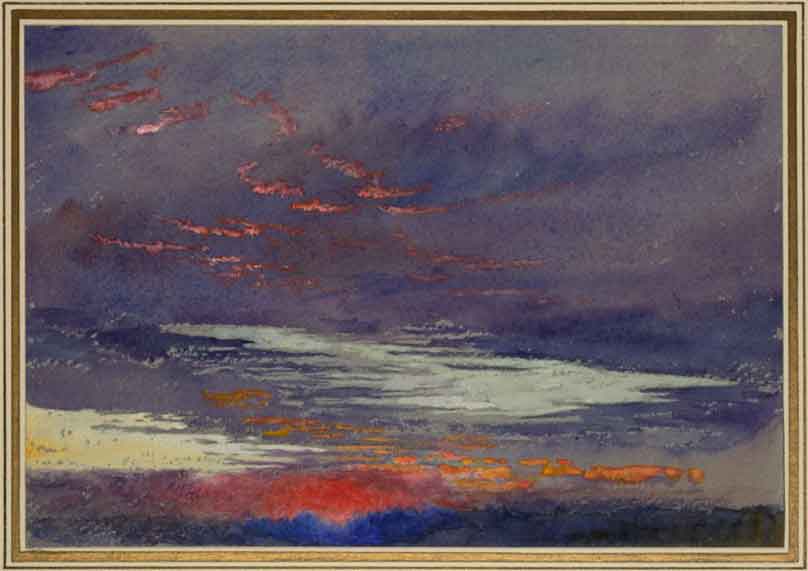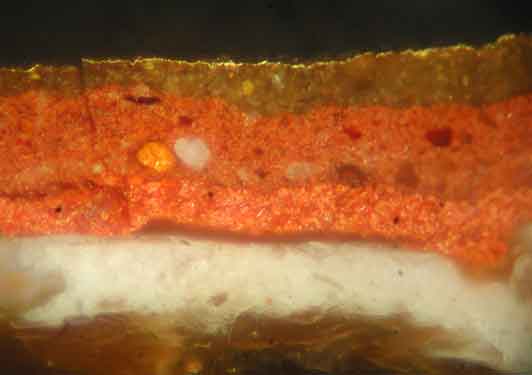Chromotope, The 19th century chromatic turn
Chromotope, The 19th century chromatic turn

The ERC Project CHROMOTOPE explores the changes that took place in attitudes to colour in the 19th century, and notably how the ‘chromatic turn’ of the 1850s mapped out new ways of thinking about colour in literature, art, science and technology throughout Europe.
Britain’s industrial supremacy during this period is often perceived through the darkening filter of coal pollution, and yet the industrial revolution transformed colour thanks to a number of innovations like the invention in 1856 of the first aniline dye. Colour thus became a major signifier of the modern, generating new discourses on its production and perception.


This Victorian ‘colour revolution’, which has never been approached from a cross-disciplinary perspective, came to prominence during the 1862 International Exhibition – a forgotten, and yet key, chromatic event which forced poets and artists like Ruskin, Morris and Burges to think anew about the materiality of colour. Rebelling against the bleakness of the industrial present, they invited their contemporaries to learn from the ‘sacred’ colours of the past – a ‘colour pedagogy’ which later shaped the European arts and crafts movement.
Building on a pioneering methodology, and a multi-institutional partnership (Sorbonne Université and Oxford University, with the support of the CNAM), CHROMOTOPE therefore brings together literature, visual culture, the history of sciences and techniques and the chemistry of pigments and dyes, in order to offer new, invaluable insight into hitherto neglected aspects of 19th century European cultural history.
Each of these objectives will lead to high-impact outputs addressed to a multi-disciplinary scientific community as well to the general public, in particular thanks to the exhibition on Victorian colour which will open at the Ashmolean Museum on 21 September 2023. One of the key art works of this show will be the Great Bookcase in the Ashmolean which was designed by the chromophile William Burges for the 1862 London International Exhibition and on which the conservation teams at the Ashmolean will carry out a full pigment analysis. Finally, we will also constitute a database on 19th century colour which will articulate artistic practice, scientific data and textual analyses.